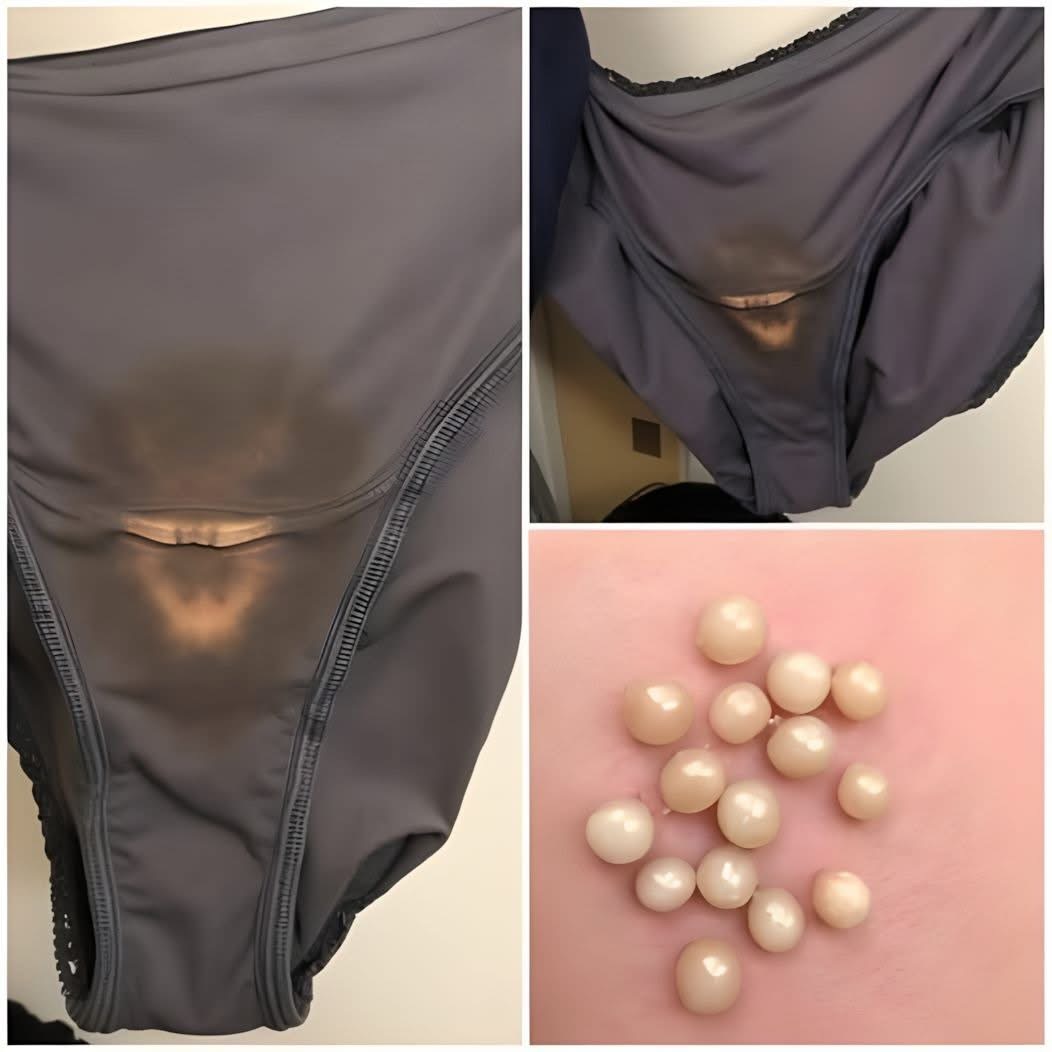Your skin is the largest organ of your body and frequently acts as the primary barrier against infections, environmental harm, and damaging UV radiation. Additionally, it can reflect underlying health issues. Among the various signs that the skin may exhibit, certain dots, spots, or discolorations should not be overlooked. While some alterations in the skin may be benign, others could indicate more serious conditions, including skin cancer.
Timely identification is crucial in the context of skin cancer. Many individuals tend to disregard minor changes in their skin, considering them to be insignificant blemishes. However, specific patterns, colors, or evolving marks may suggest the presence of a serious health issue. One particularly concerning sign to monitor is the emergence of unusual dots, which could indicate melanoma or other forms of skin cancer.
While freckles and harmless moles are common, certain spots necessitate medical evaluation. The most worrisome types of dots or lesions on the skin include:
- Irregularly Shaped Black or Dark Brown Dots
These may signify melanoma, the most lethal type of skin cancer. Unlike typical moles, melanoma spots often grow and change shape over time, displaying uneven coloration that may include shades of brown, black, red, or even blue. - Persistent Red or Pink Dots
Basal cell carcinoma (BCC) and squamous cell carcinoma (SCC) frequently manifest as reddish, scaly patches or sores that do not heal. These spots may appear shiny, crusted, or ulcerated. Although BCC and SCC are less aggressive than melanoma, they still require timely treatment to avert further complications. - Groups of Small Red or Purple Dots
These may indicate issues with blood vessels or more serious conditions such as leukemia or Kaposi’s sarcoma, a rare cancer often linked to compromised immune systems. If these dots appear suddenly and are accompanied by other symptoms like fatigue or easy bruising, it is essential to seek medical advice immediately.
Dark Spots Beneath the Nails
A small black or brown mark located under a fingernail or toenail that does not grow out with the nail may indicate subungual melanoma. This form of melanoma is frequently confused with a bruise but does not diminish over time. If you observe a persistent dark spot under your nail, it is advisable to seek the opinion of a dermatologist. - The ABCDE Rule: A Framework for Identifying Skin Cancer
- One of the most reliable methods for recognizing potentially cancerous lesions is the ABCDE rule. This guideline assists in distinguishing between benign moles and concerning skin alterations:
- A – Asymmetry: If one side of the spot appears different from the other, it serves as a warning sign.
- B – Border: Edges that are irregular, jagged, or blurred should prompt a consultation with a physician.
- C – Color: Spots exhibiting multiple colors or unusual hues (such as blue, red, or white) may suggest cancer.
- D – Diameter: Any spot larger than a pencil eraser (6mm) warrants examination.
- E – Evolution: Any alteration in size, shape, or color over time is a significant cause for concern.
- Risk Factors for Skin Cancer
- Certain individuals face a heightened risk of developing skin cancer. Factors that contribute to increased vulnerability include:
- Excessive Sun Exposure: Extended exposure to UV rays without adequate protection significantly elevates the risk of skin cancer.
- Fair Skin: Individuals with lighter skin tones, freckles, and light-colored eyes possess less melanin, which offers less protection against UV damage.
- Family History: A familial history of melanoma or other skin cancers raises personal risk levels.
- Weakened Immune System: Those with compromised immune systems or who are undergoing immunosuppressive therapies are at greater risk for skin cancer.
- History of Sunburns: Severe sunburns, particularly during childhood, increase the likelihood of developing melanoma in later life.
What to Do If You Observe Suspicious Dots - If you notice any of the aforementioned warning signs, it is crucial to take prompt action:
- Schedule an Appointment with a Dermatologist: A skin expert can conduct a biopsy to ascertain whether the spot is malignant.
- Refrain from Self-Diagnosing: Numerous benign conditions can resemble skin cancer. Only a qualified professional can deliver an accurate diagnosis.
- Implement Sun Protection Measures: Apply sunscreen with a minimum SPF of 30, wear protective attire, and steer clear of tanning beds.
- Conduct Regular Skin Examinations: Inspect your skin monthly for any new or changing moles or spots, particularly in areas that are difficult to see, such as the back and scalp.
- Conclusion
- Maintaining the health of your skin is essential, and being attentive to changes in its appearance can be crucial for your well-being. If you detect any unusual dots, marks, or moles that align with the warning signs of skin cancer, do not disregard them. Early identification and timely treatment can halt the advancement of the disease and enhance outcomes. When uncertain, always seek medical counsel—because in matters of skin cancer, it is wiser to be cautious than to regret.
